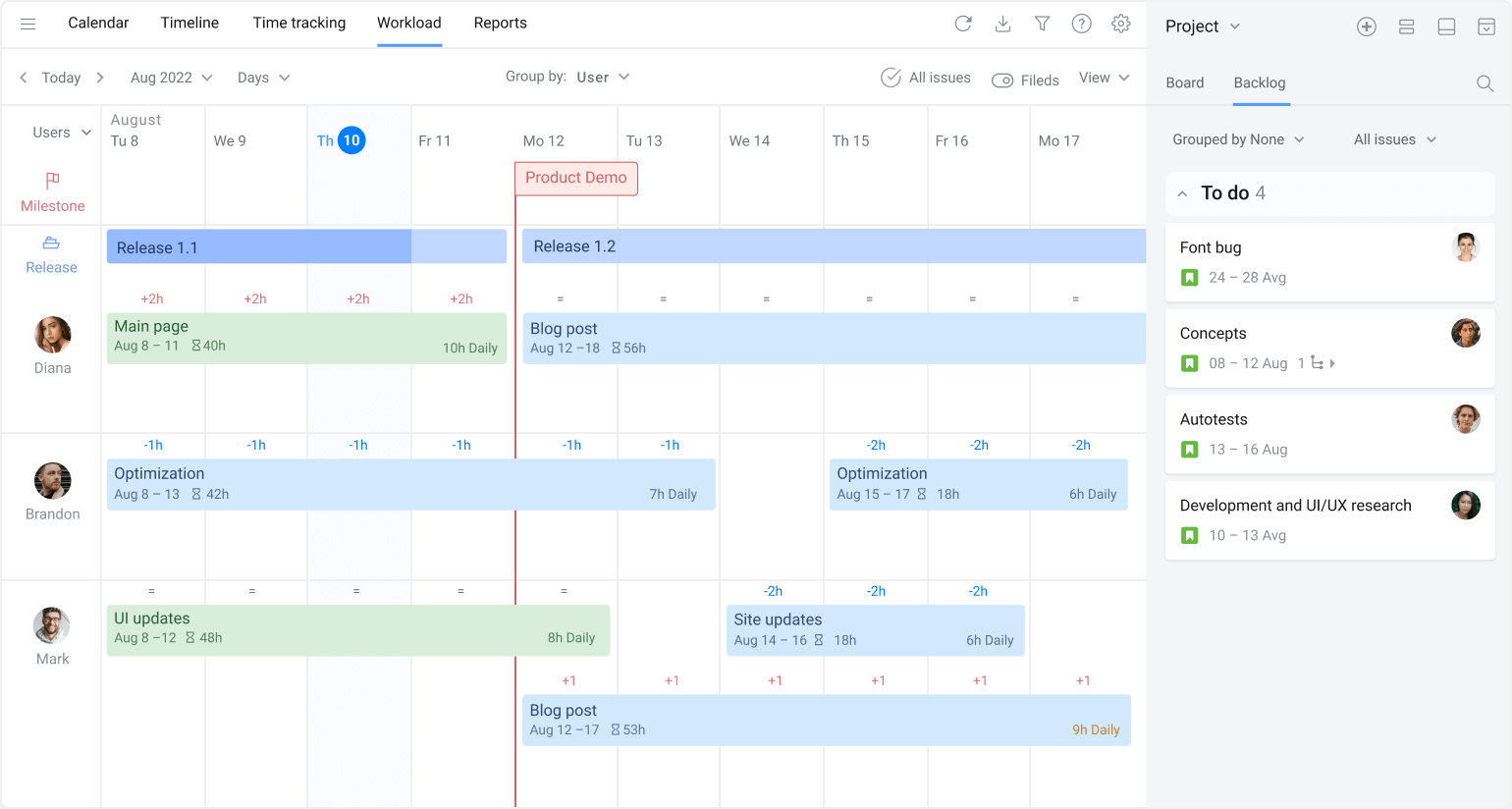Heads up! On March 5, starting at 4:30 PM Central Time, our community will be undergoing scheduled maintenance for a few hours. During this time, you will find the site temporarily inaccessible. Thanks for your patience. Read more.
×Community resources
Community resources
Community resources
How to Manage Your Jira Backlog Like a Pro: A Step-by-Step Guide
A cluttered backlog can feel like a mountain of tasks waiting to be tackled, but don’t worry – with a few tricks, you can turn it into a well-oiled machine that guides your team to success. Whether you’re a Jira newbie or just looking to improve your workflow, this guide has you covered with simple, actionable steps to keep your backlog in shape.
Step 1. Start with the Right Mindset
Think of the backlog as your project’s “to-do” hub. It’s where everything goes – ideas, tasks, bugs, and features – so that nothing gets forgotten.
-
Capture it all. From big ideas to minor fixes, add everything to your backlog so you have a complete view.
-
Make it manageable. Break down big tasks into smaller, do-able parts that feel less overwhelming.
Step 2. Set Up Your Jira Backlog
Ready to set up your backlog? Start by heading to the “Backlog” view in Jira, where you can organize, prioritize, and track your tasks.
-
Filter for focus. Use board filters to keep your view clean and only show what’s most important.
-
Structure with Epics and Stories. Group tasks under larger themes (called Epics in Jira), and break these down into User Stories or Tasks. This keeps the high-level and day-to-day work connected.
Step 3. Make Prioritizing Your Best Friend
Prioritization is key! A well-organized backlog can save your team time and keep everyone focused on what matters most.
-
Drag and drop to prioritize. Move tasks up and down to set the order by importance.
-
Use labels and tags. Add custom tags to quickly spot items by theme or urgency (like “urgent,” “feature,” or “bug fix”).
-
Get input from your team. Hold a regular backlog review to make sure your team and stakeholders are all aligned on priorities.
Step 4. Groom Your Backlog Regularly
Backlog grooming (or refinement) is a little like tidying up a closet – it takes a bit of time, but the results make your life so much easier.
-
Review and update. Each sprint or project cycle, go through your backlog to update, reorder, or remove items as needed.
-
Clear out old tasks. Avoid “backlog bloat” by archiving or removing tasks that aren’t relevant anymore.
-
Add details to top items. For tasks that are closer to the top, make sure everything’s clear with descriptions, acceptance criteria, and any necessary links.
Step 5. Speed Things Up with Jira’s Bulk Actions
If you’ve got a lot of items to manage, Jira’s bulk actions can save you tons of time.
-
Edit multiple issues at once. Select a batch of tasks to quickly update assignees, due dates, or priorities.
-
Bulk-move items to in-progress. Have a bunch of tasks ready to start? Move them all at once to save time.
Step 6. Track Your Progress with Reports
Once you have your backlog running smoothly, Jira has some great reporting tools to keep your team on track.
-
Use Burndown and Burnup Charts. These charts help you see how much work your team is tackling within each sprint.
-
Check your team’s velocity. This report gives you an idea of how much work your team typically completes, helping you plan for future sprints.
-
Create custom dashboards. Dashboards give your team a quick snapshot of what’s high priority, who’s working on what, and overall progress.
Bonus Tip: Supercharge Your Backlog with Planyway

If you’re looking to take your project management to the next level, Planyway can be a game-changer. Planyway integrates seamlessly with Jira, giving you a visual timeline and calendar view of your items. This makes it easy to plan and track work across teams and projects, manage deadlines, and spot potential bottlenecks at a glance.
With Planyway, you can drag and drop tasks to adjust their timing, set deadlines, and sync up your team’s schedule, ensuring everyone knows what’s coming next. Plus, having a visual layout of your backlog helps you balance workloads and keep priorities clear.
Was this helpful?
Thanks!
Mary from Planyway
About this author
Customer Support Manager at Planyway
Planyway
Kazakhstan
54 accepted answers
Atlassian Community Events
- FAQ
- Community Guidelines
- About
- Privacy policy
- Notice at Collection
- Terms of use
- © 2025 Atlassian






0 comments